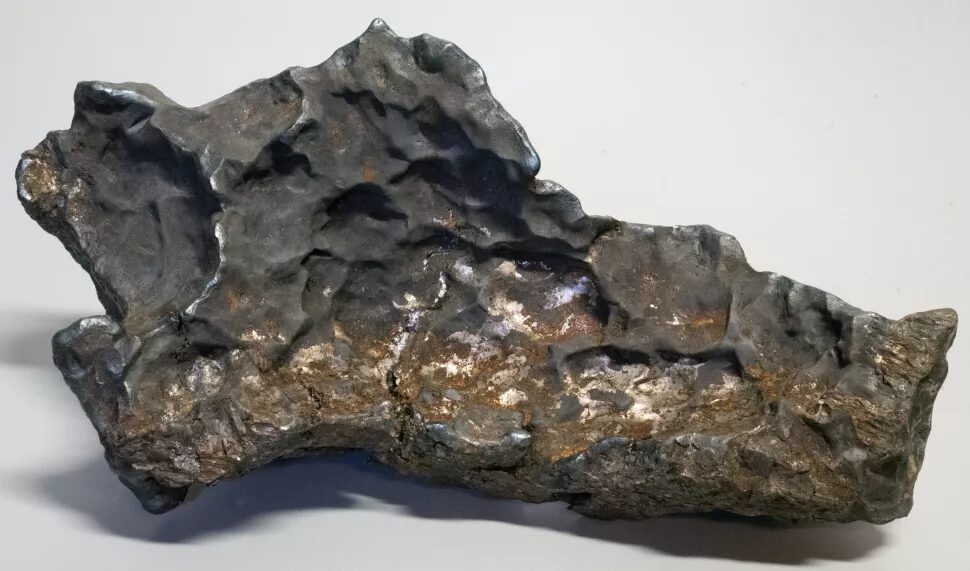The lumpy meteorite is about the size of a loaf of bread and weighs around 31 pounds (14 kilograms), according to the Swedish Museum of Natural History. It was once part of a larger space rock, probably weighing more than 9 tons (8.1 metric tons), that created a dramatic fireball over Uppsala on Nov. 7.
After that impact, scientists at the Swedish Museum of Natural History calculated the likely landing site and found some small fragments of iron meteorite near the village of Ådalen, according to a museum statement. The fragments were only about 0.1 inches (3 millimeters) long, but the investigation also turned up a boulder and a tree root that had clearly been hit by something heavy.

"It is the first sure example of a newly fallen iron meteorite in our country," Swedish Museum of Natural History curator Dan Holtstam said in a statement. It's also the first time that any meteorite fragments linked to an observed fireball have been recovered in Sweden for 66 years.
"Since we now know that it is an iron meteorite, it is possible to fine-tune the simulations of the meteorite fall, University of Uppsala astronomer Eric Stempels said in the statement. "It is very likely that the meteorite that has now been found is the largest existing piece after the originally about 9-ton-heavy space rock. Some smaller pieces are probably left in the area."
Iron meteorites are the second-most common kind of meteorite that land on Earth, after stony meteorites. They originate in the cores of planets and asteroids, which means they can hold clues to the formation of the solar system.
Some iron-rich meteorites have been found to harbor minerals not seen on Earth. Other types of meteorites contain complex organic compounds, perhaps hinting at how the building blocks of life originally landed on this planet.




Comment: Activity in our skies certainly appears to be increasing: